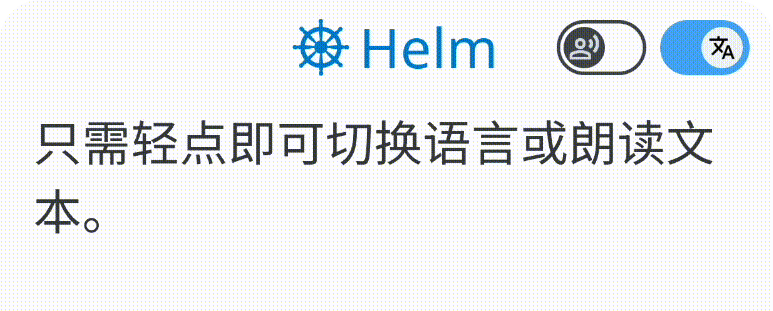用新鲜、真实的内容,自然地学习语言!

热门话题
按地区探索
 新西兰放弃了深海拖网捕捞限制。
新西兰放弃了深海拖网捕捞限制。
 新西兰南岛西北部的分离点的珊瑚礁曾经是繁盛海洋生物的家园,因为苔藓虫是一种微小的海洋无脊椎动物,能够形成大型的分支群落。
新西兰南岛西北部的分离点的珊瑚礁曾经是繁盛海洋生物的家园,因为苔藓虫是一种微小的海洋无脊椎动物,能够形成大型的分支群落。  1980 年,世界上第一个以苔藓虫为基础的禁渔区诞生了,面积达 146 平方公里。
1980 年,世界上第一个以苔藓虫为基础的禁渔区诞生了,面积达 146 平方公里。  然而,随着时间的推移,陆地沉积物径流严重损害了珊瑚礁。
然而,随着时间的推移,陆地沉积物径流严重损害了珊瑚礁。  近年来,新西兰政府一直主张在南太平洋继续进行底拖网捕捞,这与其之前在海洋保护方面的立场相矛盾,并支持破坏性的底拖网捕捞业。
近年来,新西兰政府一直主张在南太平洋继续进行底拖网捕捞,这与其之前在海洋保护方面的立场相矛盾,并支持破坏性的底拖网捕捞业。  环保组织继续推动加强对脆弱栖息地的海洋保护。
环保组织继续推动加强对脆弱栖息地的海洋保护。
8 文章
 New Zealand backs away from deep-sea trawling restrictions.
New Zealand backs away from deep-sea trawling restrictions.